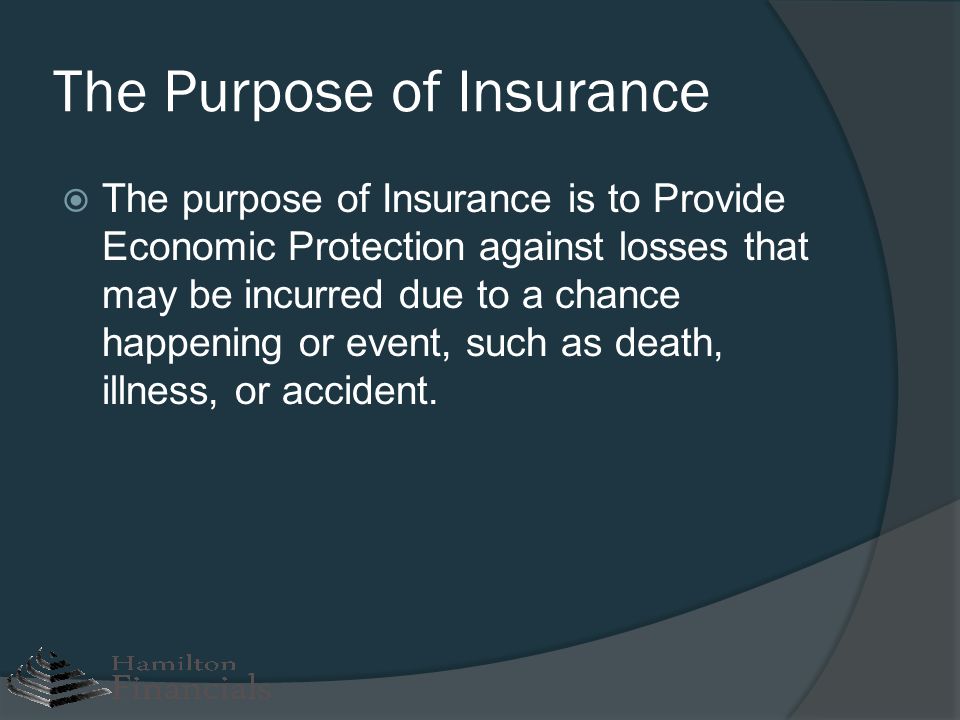Getting The Pacific Prime To Work
Getting The Pacific Prime To Work
Blog Article
The smart Trick of Pacific Prime That Nobody is Discussing
Table of ContentsA Biased View of Pacific PrimeEverything about Pacific PrimeAn Unbiased View of Pacific Prime10 Easy Facts About Pacific Prime ExplainedThe 4-Minute Rule for Pacific Prime

This is since the data were accumulated for a duration of solid financial performance. Of the estimated 42 million people that were uninsured, almost concerning 420,000 (concerning 1 percent) were under 65 years old, the age at which most Americans end up being eligible for Medicare; 32 million were adults in between ages 18 and 65, about 19 percent of all adults in this age group; and 10 million were children under 18 years of age, about 13.9 percent of all children (Mills, 2000).
These price quotes of the number of individuals uninsured are created from the yearly March Supplement to the Current Population Study (CPS), conducted by the Census Bureau. Unless or else noted, nationwide estimates of people without medical insurance and percentages of the population with various type of insurance coverage are based on the CPS, one of the most widely made use of resource of estimates of insurance protection and uninsurance prices.
The Basic Principles Of Pacific Prime

Still, the CPS is especially useful since it produces annual quotes reasonably promptly, reporting the previous year's insurance protection approximates each September, and because it is the basis for a consistent set of price quotes for even more than 20 years, enabling for evaluation of trends in coverage over time. For these factors, in addition to the comprehensive use the CPS in other researches of insurance policy coverage that exist in this record, we rely on CPS estimates, with restrictions noted.

The price quote of the variety of uninsured individuals broadens when a population's insurance condition is tracked for a number of years. Over a three-year period beginning early in 1993, 72 million browse this site people, 29 percent of the U.S. https://penzu.com/p/79996ae8dade0171. population, lacked coverage for a minimum of one month. Within a solitary year (1994 ), 53 million individuals experienced a minimum of a month without insurance coverage (Bennefield, 1998a)
Six out of every ten without insurance grownups are themselves used. Although working does boost the probability that one and one's member of the family will have insurance policy, it is not a warranty. Also participants of households with 2 permanent breadwinner have almost a one-in-ten opportunity of being without insurance (9.1 percent without insurance price) (Hoffman and Pohl, 2000).
An Unbiased View of Pacific Prime
New immigrants represent a substantial percentage of people without medical insurance. One evaluation has associated a substantial section of the current growth in the dimension of the united state uninsured population to immigrants who got here in the nation between 1994 and 1998 (Camarota and Edwards, 2000). Recent immigrants (those that involved the USA within the previous four years) do have a high price of being without insurance (46 percent), yet they and their kids account for simply 6 percent of those without insurance nationally (Holahan et al., 2001).
The relationship in between wellness insurance policy and accessibility to care is well established, as documented later in this phase. The connection between wellness insurance and health outcomes is neither straight neither basic, a considerable medical and health and wellness services research literary works web links health insurance coverage to enhanced access to care, much better quality, and boosted individual and population wellness condition.
Degrees of evaluation for analyzing the effects of uninsurance. It focuses specifically on those without any health insurance coverage for any kind of size of time.
The 20-Second Trick For Pacific Prime
The troubles dealt with by the underinsured remain in some respects comparable to those dealt with by the without insurance, although they are generally much less severe. global health insurance. Uninsurance and underinsurance, nonetheless, involve definitely different policy concerns, and the techniques for addressing them might vary. Throughout this study and the 5 records to follow, the primary emphasis gets on persons with no medical insurance and therefore no assistance in spending for health and wellness care past what is offered with charity and security internet establishments
Medical insurance is a powerful factor influencing invoice of care since both individuals and physicians respond to the out-of-pocket rate of services - https://freddys-marvelous-site-a71e82.webflow.io/. Health and wellness insurance policy, nevertheless, is neither necessary nor enough to get to clinical services. Nevertheless, the independent and straight effect of wellness insurance protection on accessibility to health solutions is well established.
Others will get the healthcare they need even without medical insurance, by spending for it out of pocket or seeking it from service providers who use care complimentary or at highly subsidized prices. For still others, health and wellness insurance coverage alone does not make sure invoice of care as a result of other nonfinancial barriers, such as a lack of healthcare companies in their neighborhood, limited access to transport, illiteracy, or linguistic and social distinctions.
Getting My Pacific Prime To Work
Formal research concerning without insurance populations in the United States dates to the late 1920s and very early 1930s when the Board on the Expense of Healthcare generated a series of records regarding financing physician office brows through and hospitalizations. This problem came to be significant as the numbers of clinically indigent climbed up during the Great Anxiety.
Report this page